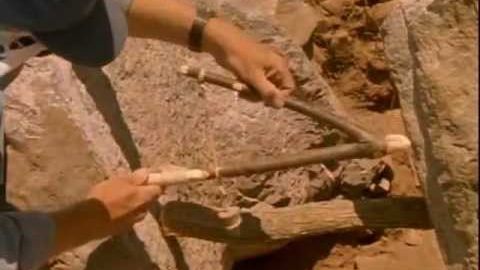
Subtitles & vocabulary
"Inca" Stoneworking Theories - NOVA Secrets of Lost Empires Inca - Jean Pierre Protzen
00
kleeff posted on 2013/12/29Save
Video vocabulary
river
US /ˈrɪvɚ/
・
UK /ˈrɪvə(r)/
- Noun (Countable/Uncountable)
- Flowing water that runs from mountains to the sea
A1
More time
US /taɪm/
・
UK /taɪm/
- Uncountable Noun
- Speed at which music is played; tempo
- Point as shown on a clock, e.g. 3 p.m
- Transitive Verb
- To check speed at which music is performed
- To choose a specific moment to do something
A1TOEIC
More work
US /wɚk/
・
UK /wɜ:k/
- Noun (Countable/Uncountable)
- The product of some artistic or literary endeavor
- Everything created by an author, artist, musician
- Verb (Transitive/Intransitive)
- To bring into a specific state of success
- To be functioning properly, e.g. a car
A1TOEIC
More finish
US /ˈfɪnɪʃ/
・
UK /ˈfɪnɪʃ/
- Transitive Verb
- To use or consume all of something
- To reach the end; to complete something
- Noun (Countable/Uncountable)
- End of something; completion
- Final coat (of paint) applied to a surface
A1TOEIC
More Use Energy
Unlock All Vocabulary
Unlock pronunciation, explanations, and filters
